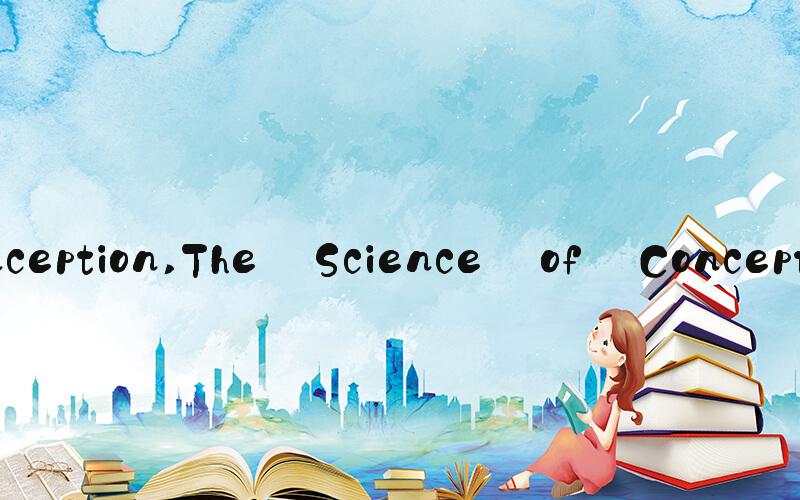
 Conception: The Beginning of Life
Conception: The Beginning of LifeConception is the moment when a sperm cell fertilizes an egg cell to create a new life. The journey of conception begins with the union of these two cells, creating a zygote that will eventually develop into a fully-formed human being. It is a miraculous process that is both complex and fascinating.
The Science of ConceptionConception is the result of a series of events that happen inside a woman's body. The process begins with ovulation, where an egg is released from the ovary and travels down the fallopian tube. Meanwhile, millions of sperm cells released during sexual intercourse swim towards the fallopian tube. Only a few hundred will make it to the egg, and only one will penetrate it to start the process of fertilization.
Once the sperm penetrates the egg, a barrier is formed to prevent other sperm from entering. The sperm's genetic material then merges with the egg's genetic material, forming a zygote. The zygote then begins to divide and grow, eventually becoming an embryo and later a fetus.
The Importance of TimingTiming is crucial in conception. A woman is most fertile during ovulation, which occurs about 14 days before the start of her next period. This is the best time for sexual intercourse to increase the chances of fertilization. It is important to note that sperm can live inside the female reproductive system for up to five days, waiting for the egg to be released.
It is also important to consider lifestyle factors that can affect fertility. Smoking, alcohol intake, and stress can all decrease fertility and make conception more difficult. Maintaining a healthy lifestyle and reducing stress can increase the chances of successful conception.
Assisted Reproductive TechnologiesFor some couples struggling with infertility, assisted reproductive technologies (ART) can provide a solution. In vitro fertilization (IVF) is the most common ART procedure, where eggs are retrieved from the woman's ovaries and combined with sperm in a laboratory dish. The resulting embryos are then transferred back into the woman's uterus.
Other forms of ART include intracytoplasmic sperm injection (ICSI), where a single sperm is injected into an egg, and egg donation, where an egg from a donor is fertilized with sperm and implanted in the woman's uterus.
The Miracle of LifeConception is the start of a new human life, a miracle that is both awe-inspiring and humbling. It is a process that we still have much to learn about, and advancements in medical technology continue to increase our understanding of the complexities involved.
As we celebrate the wonder of conception, it is important to remember the importance of honoring and respecting life from its very beginning. Whether through natural means or assisted reproductive technologies, every human life is precious and deserving of love and care.
